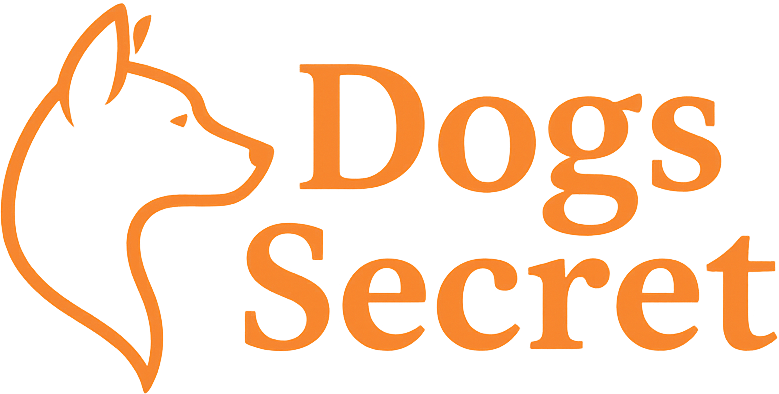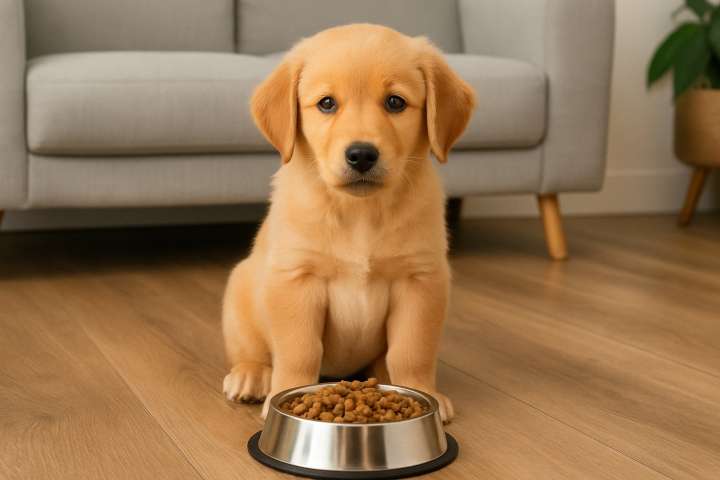Puppy nutrition plays a critical role in your dog’s growth, development, and long-term health. Your puppy’s first year of life is a time of rapid change—and it all starts with proper nutrition. Feeding your puppy the right food in the right way lays the foundation for strong bones, a healthy brain, a resilient immune system, and balanced behavior.
In this guide, we’ll cover everything you need to know about puppy nutrition, including what to feed, how often to feed, and what to avoid during this crucial growth stage.
What to Feed Your Puppy
✅ 1. Choose a High-Quality Puppy Food
Look for a complete and balanced formula labeled:
“Formulated for growth” or “For all life stages, including growth”
The food should meet AAFCO standards and be formulated specifically for puppies or growing dogs.
Recommended vet-trusted brands:
- Hill’s Science Diet Puppy
- Royal Canin Puppy
- Purina Pro Plan Puppy
- Farmina N&D Puppy
- Eukanuba Puppy
✅ 2. Match the Food to Breed Size
- Small breeds (under 20 lbs adult weight): Need higher calorie density per bite
- Large breeds (over 50 lbs): Need controlled calcium levels to avoid bone growth issues
Use formulas labeled “Large Breed Puppy” or “Small Breed Puppy” when appropriate.
What to Feed Your How Often to Feed a Puppy
Age | Meals per Day |
|---|---|
6–12 weeks | 4 meals |
3–6 months | 3 meals |
6–12 months | 2–3 meals |
12+ months | Transition to adult food (2 meals) |
How to Prevent Dog Flu
Healthy dog poop is:
- Growth rate
- Energy level
- Body condition (not too thin or chubby)
Tip: You should be able to feel (but not see) your puppy’s ribs and see a waist from above.
Key Nutrients Growing Puppies Need
- Protein (22–32%) – for muscle, immune system, and organs
- Fat (8–20%) – for energy and healthy skin/coat
- Calcium & Phosphorus – for bone growth and strength
- DHA (Omega-3) – for cognitive development
- Vitamins & Minerals – for cell growth, metabolism, and immunity
Can I Feed Homemade or Raw Diets?
Not recommended unless formulated by a veterinary nutritionist. These diets often lack proper nutrient balance and can harm your puppy’s development if done incorrectly.
Stick to commercial, balanced puppy foods unless you have professional guidance.
Treats and Snacks: What’s Safe?
- Limit treats to no more than 10% of daily calories
- Use small, soft treats made for puppies
- Avoid: table scraps, bones, high-fat or sugary snacks
Great options include
- Training treats
- Bits of boiled chicken
- Carrot slices or blueberries
When to Switch to Adult Food
- Small breeds: around 10–12 months
- Medium breeds: 12 months
- Large breeds: 12–18 months
Transition slowly over 7–10 days to avoid digestive upset.
Common Puppy Feeding Mistakes
- ❌ Feeding adult food too early
- ❌ Free-feeding (leaving food out all day)
- ❌ Changing foods too frequently
- ❌ Overfeeding or underfeeding
- ❌ Giving unsafe treats or human foods
Consistency and balance are key during this stage.
Conclusion
Final thoughts on puppy nutrition
Big doesn’t have to mean overwhelming. From the gentle Great Dane to the loyal Bernese, these large but calm dog breeds offer affection, beauty, and a serene presence in any spacious home. If you have room in your house—and heart—these mellow giants are waiting for you.
Want a printable puppy feeding chart or recommended product list? Visit our Puppy Nutrition Starter Kit to download everything you need.

